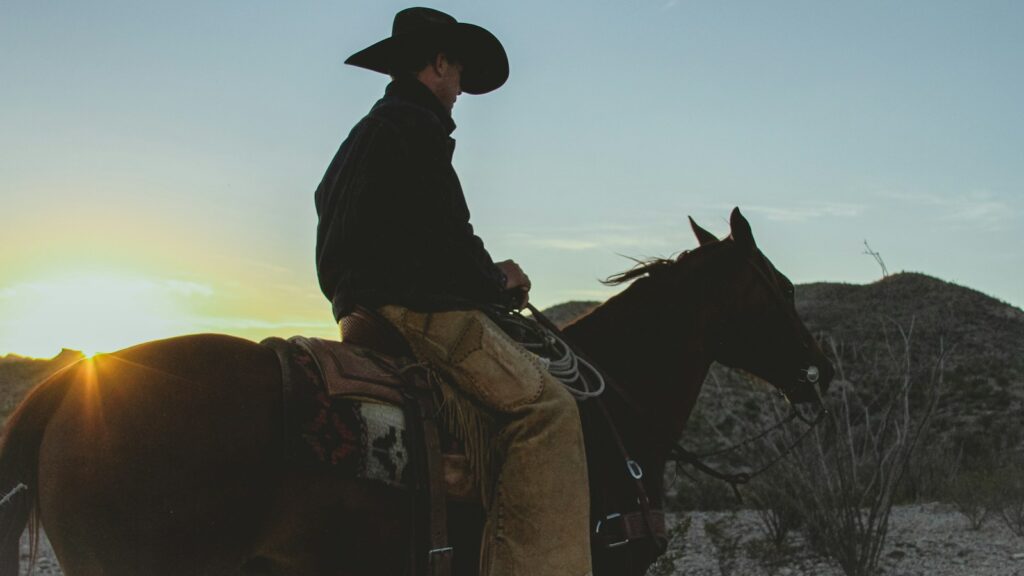In the vast landscapes of the American West, the partnership between horse and rider continues to define the essence of cowboy culture. While the days of cattle drives spanning hundreds of miles may have faded into history, the skills, traditions, and remarkable bond between cowboys and their equine partners live on through modern competitive events. Today’s cowboy competitions showcase not only the athletic abilities of these magnificent animals but also preserve techniques developed through generations of working ranchers. From rodeos that draw thousands of spectators to specialized events testing precision and skill, horses remain the beating heart of western heritage sports, carrying forward a legacy while adapting to contemporary competition formats.
The Evolution of Cowboy Competitions
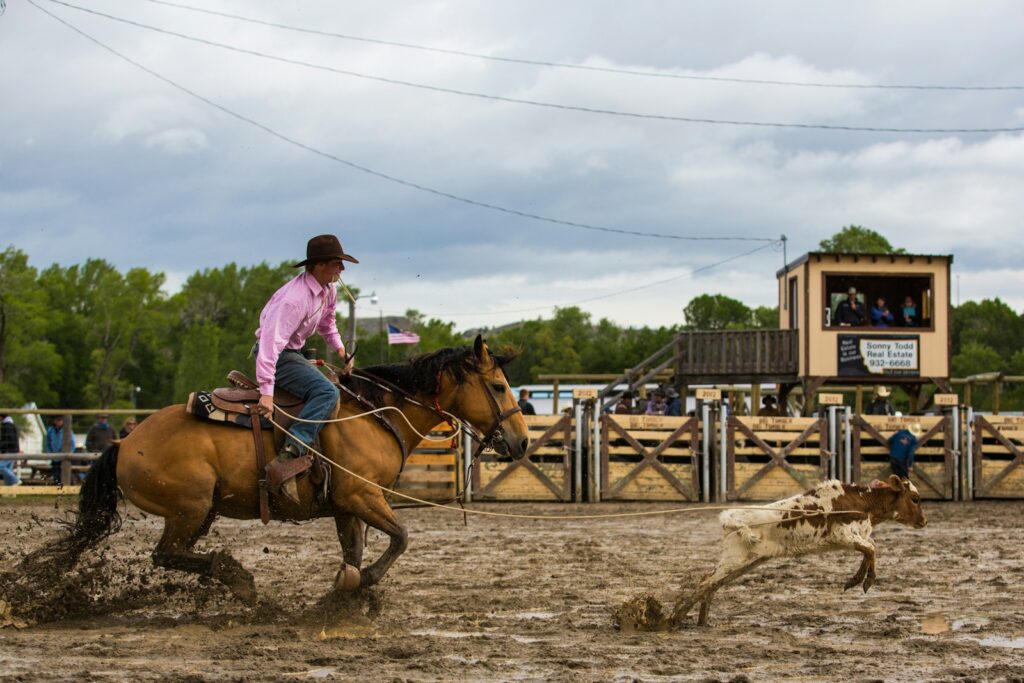
The transformation of working ranch skills into structured competitions represents one of America’s most distinctive cultural evolutions. What began as informal contests between neighboring ranches to determine whose cowboys possessed superior skills has developed into professionally organized events with standardized rules and substantial prize money. Early competitions emerged organically when cowboys would gather after cattle drives or during seasonal work lulls, challenging each other in demonstrations of roping, riding, and horse handling abilities. These gatherings gradually formalized into the rodeo circuit we recognize today, with the first recorded commercial rodeo taking place in Cheyenne, Wyoming in 1872. Throughout this evolution, horses have remained the indispensable partners that make these competitions possible, with specific breeds and training methods developing to meet the specialized demands of different events.
Quarter Horses: The Dominant Breed in Cowboy Sports
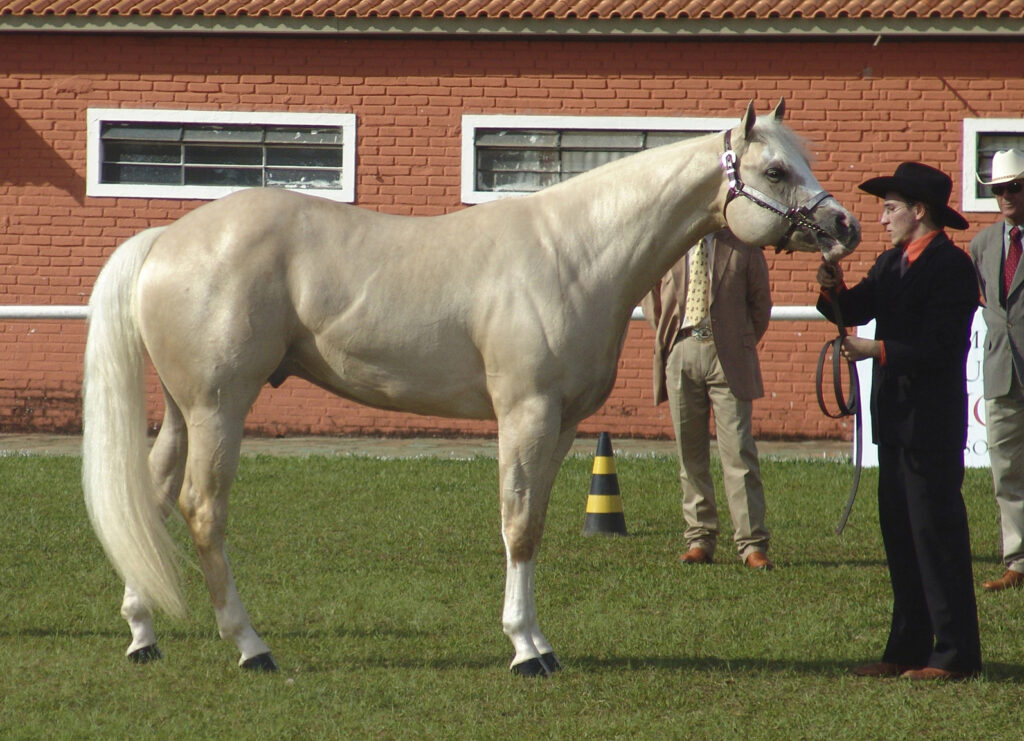
The American Quarter Horse stands as the undisputed king of cowboy competition mounts, specifically bred for the explosive speed, agility, and cow sense that western events demand. These powerful animals derive their name from their exceptional ability to sprint a quarter mile faster than any other horse breed, reaching speeds of up to 55 miles per hour in short bursts. Their muscular hindquarters provide the power needed for quick starts, stops, and directional changes essential in events like barrel racing, roping, and cutting. Beyond raw athleticism, Quarter Horses possess an intuitive “cow sense” – an innate ability to anticipate and respond to cattle movements that proves invaluable in working cattle competitions. Generations of selective breeding have reinforced these traits, creating animals with the ideal temperament and physical capabilities for western performance events.
Rodeo Bronc Riding: Horse as Challenger
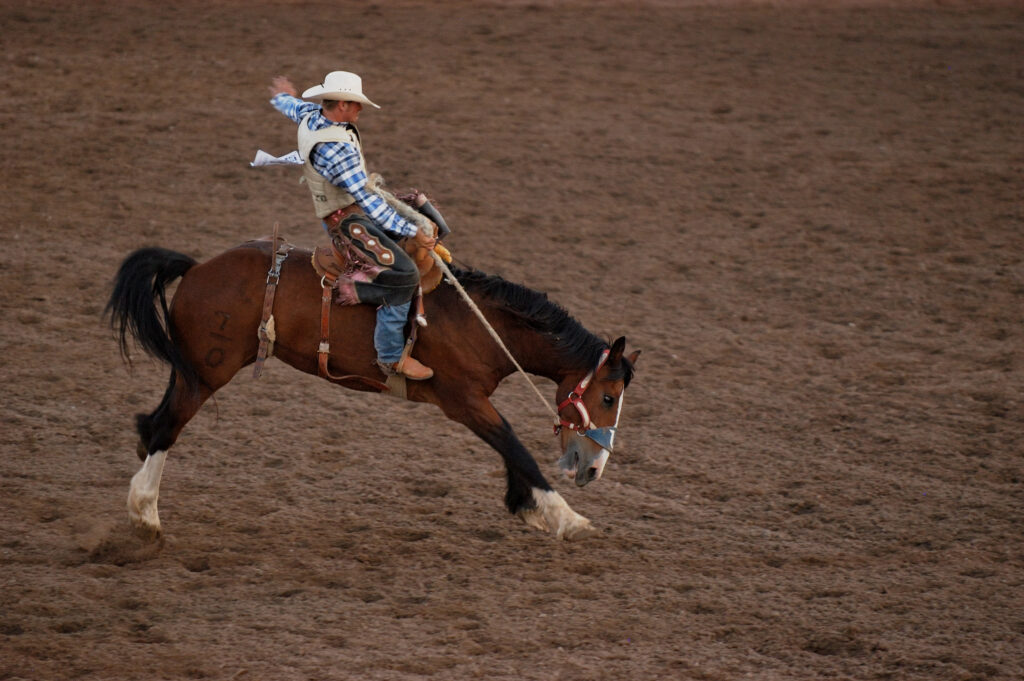
Unlike most equestrian events where horse and rider work as partners, bronc riding features the horse as the formidable opponent in a contest of human endurance versus equine power. Saddle bronc and bareback bronc riding trace their origins directly to the practical ranch task of breaking wild horses for riding, though modern rodeo broncs are specially bred and maintained for their bucking abilities rather than truly being “wild.” These horses are carefully selected for their athletic bucking style, with bloodlines often preserved through generations of successful bucking stock. Professional rodeo contractors maintain these equine athletes in peak condition, with top bucking horses becoming celebrities in their own right, earning names like “Grated Coconut” and “Wise Guy” that draw crowds specifically to see their performances. Far from being mistreated, these valuable animals receive exceptional care, with careers often spanning over a decade before retirement to breeding programs that perpetuate their athletic genes.
Barrel Racing: Precision at High Speed
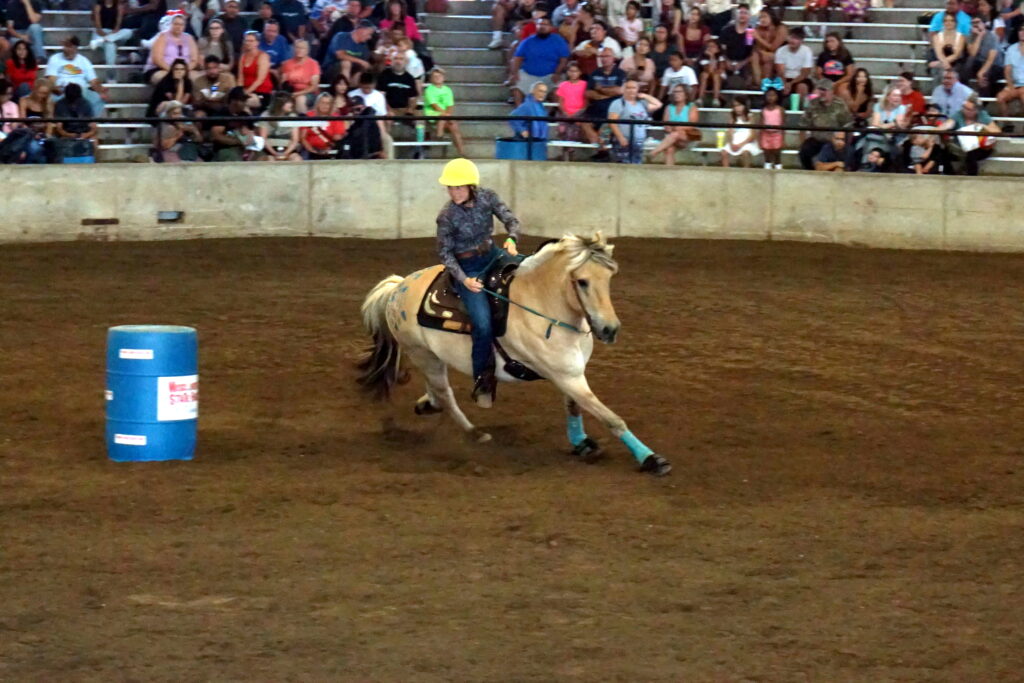
Barrel racing has evolved into one of rodeo’s most popular and fastest-growing events, showcasing the remarkable speed, agility, and controlled power of western performance horses. The competition features a cloverleaf pattern around three barrels, with success dependent on the seamless communication between horse and rider executing precise turns at galloping speeds. Quarter Horses dominate this event due to their explosive acceleration, low center of gravity, and innate ability to “rate” their approach to turns without losing momentum. Elite barrel horses undergo years of progressive training to develop both the physical conditioning and mental discipline required for competitive success. The extraordinary athleticism displayed in professional competition is evident in the event records, with top horses completing the pattern in under 14 seconds – requiring averages speeds exceeding 30 mph while executing three tight turns that subject both horse and rider to forces exceeding 4G.
Team Roping: Equine Teamwork in Action
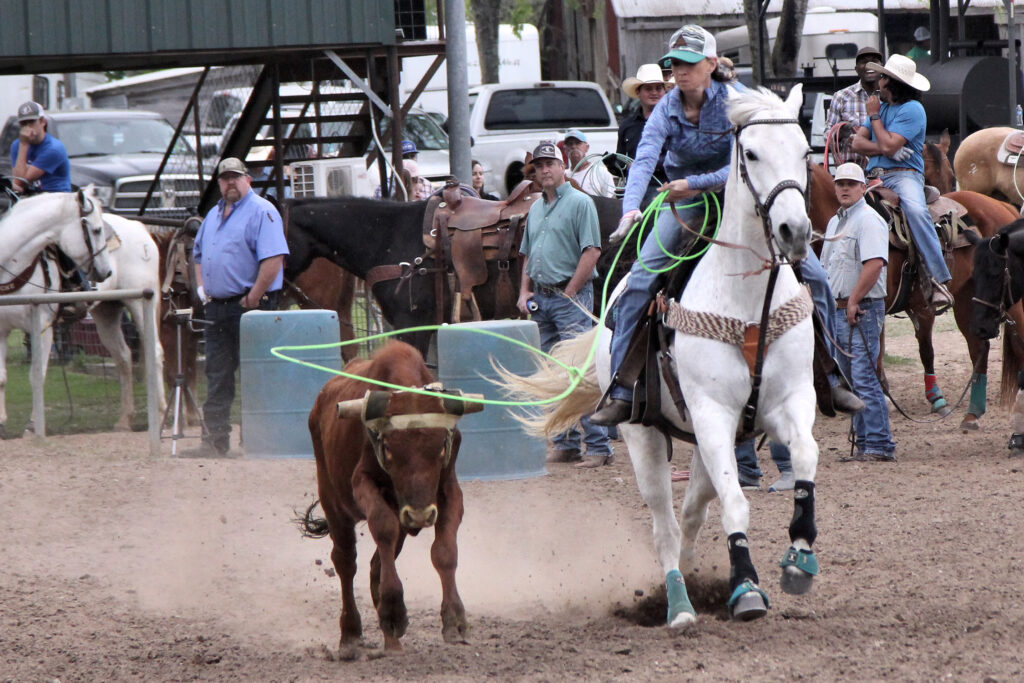
Team roping stands as the only true team event in rodeo, requiring precise coordination between two riders and their horses to successfully rope and restrain a steer. The “header” horse must burst from the box with explosive speed, position the rider for a clean horn catch, then instantly stop and turn to create tension on the rope. Meanwhile, the “heeler” horse must read the developing situation, position the second rider for the precise hind leg catch, then back up in perfect synchronization with the header horse to stretch the steer. Both horses must demonstrate situation awareness that borders on the supernatural, with elite roping horses often developing the ability to “hunt the barrier” – positioning themselves to launch at precisely the moment the barrier releases without breaking it prematurely. The financial investment in these specialized athletes reflects their value, with accomplished team roping horses commanding prices exceeding $50,000 for animals with proven competition records.
Cutting Horses: Showcasing Natural Cow Sense
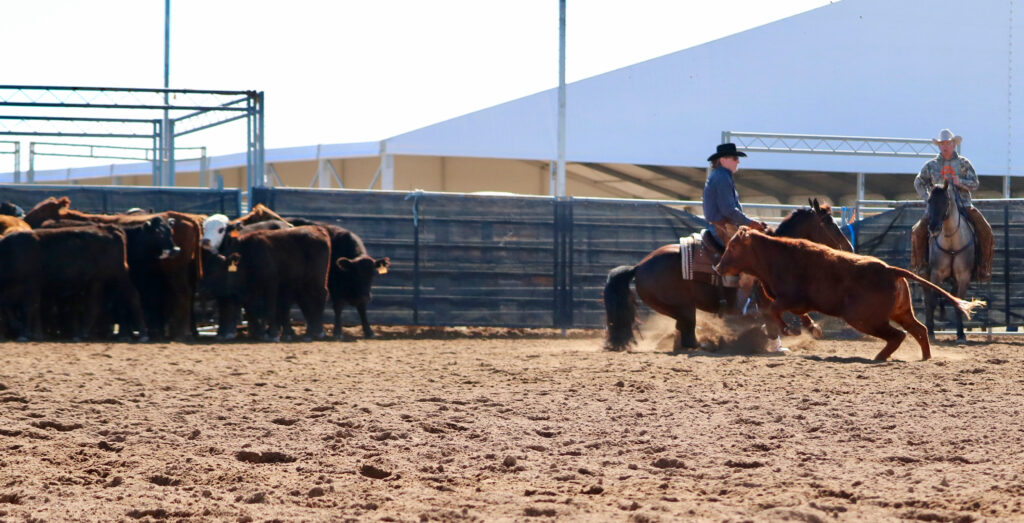
Cutting competitions spotlight perhaps the most remarkable display of equine intelligence and instinct in western events, as horses work independently of rider guidance to isolate and control individual cattle. Once the rider has guided the horse to identify and separate a specific cow from the herd, the rider drops the reins entirely, and the horse takes over, mirroring every movement of the cow with lightning-fast reflexes to prevent it from returning to the herd. This demonstration of “cow sense” represents generations of selective breeding for an instinct that likely evolved from horses’ natural predator avoidance behaviors. Elite cutting horses display an uncanny ability to anticipate cattle movements before they occur, dropping their center of gravity and making instantaneous directional changes that would unseat most riders without the specialized saddles designed for the sport. The cognitive abilities on display are so remarkable that cutting horses have been studied by animal behavior researchers seeking to understand the genetics and neurological basis of such specialized intelligence.
Reining: The Western Form of Dressage
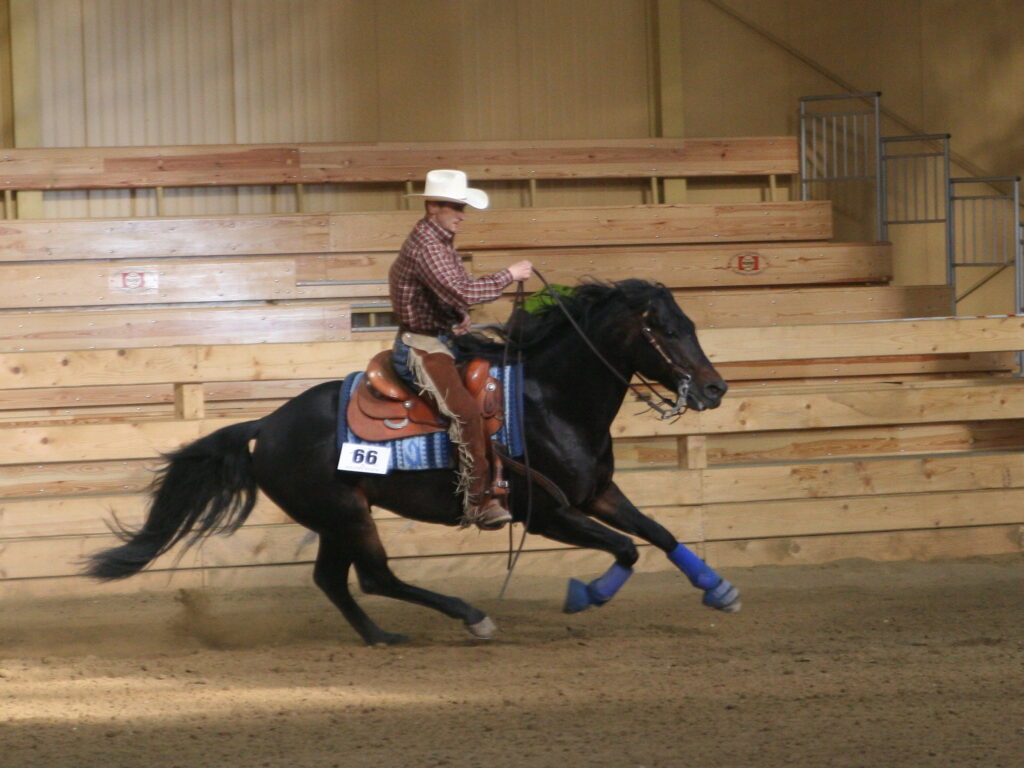
Reining competitions showcase western horsemanship at its most refined, with horses performing intricate patterns of circles, spins, and sliding stops that require exceptional training and responsiveness. Often described as “western dressage,” reining demands precise control through subtle rider cues while maintaining the horse’s forward momentum and willingness. The signature sliding stop, where horses drop their hindquarters and slide up to 20 feet on their back hooves, represents one of the most spectacular maneuvers in equestrian sport, generating enough friction to visibly heat the specialized sliding plates on their rear shoes. Reining horses must master flying lead changes (switching leading legs at the canter without breaking stride), 360-degree spins performed nearly in place, and perfectly round circles at varying speeds. The American Quarter Horse dominates this discipline, though Paints and Appaloosas with Quarter Horse bloodlines also compete successfully at high levels, all requiring years of patient training to develop the physical strength and mental discipline for top competition.
Working Cow Horse Events: Practical Skills on Display
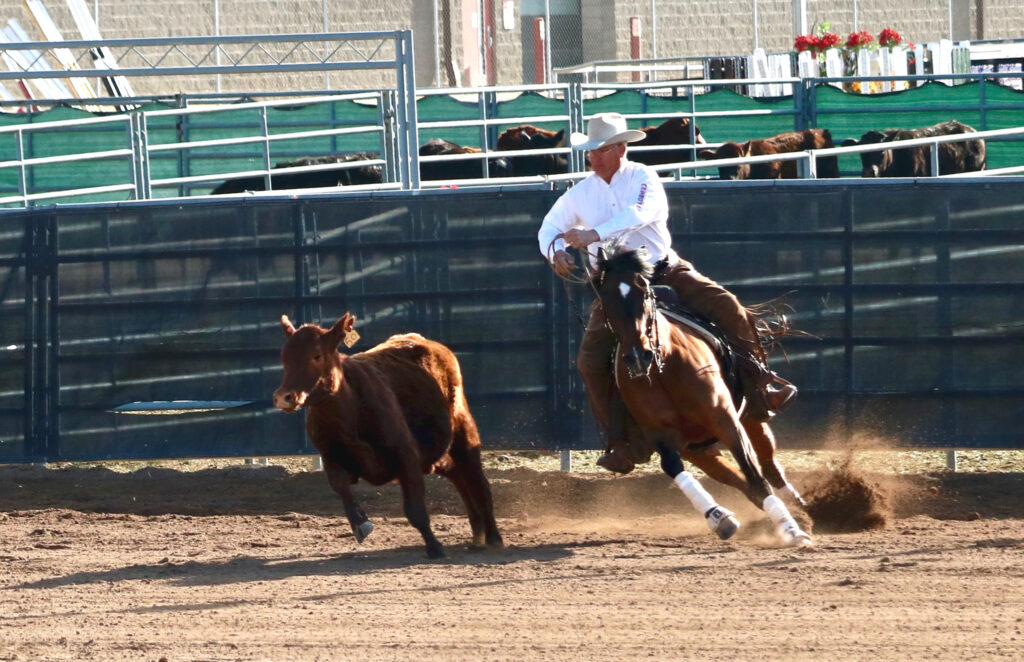
Working cow horse competitions most directly preserve the practical ranch skills that gave rise to western competitions, requiring horses to demonstrate versatility across multiple disciplines. These events typically combine reining maneuvers, cutting ability, and fence work, where horse and rider control a single cow along the arena fence – mirroring the real-world ranch task of moving cattle through pastures and into corrals. Fence work represents perhaps the most exciting and demanding phase, as the horse must accelerate to match the cow’s speed, anticipate its movements, and turn it back from the arena boundaries without losing control. The American Quarter Horse Association’s Versatility Ranch Horse competitions have expanded this concept further, adding trail obstacles, ranch riding, and sometimes even ranch roping to create a comprehensive test of the skills a functional ranch mount would need. These events have grown in popularity as they connect directly to the authentic working heritage of western horses, appealing to competitors and spectators interested in preserving practical horsemanship traditions.
The Breeding and Development of Competition Horses
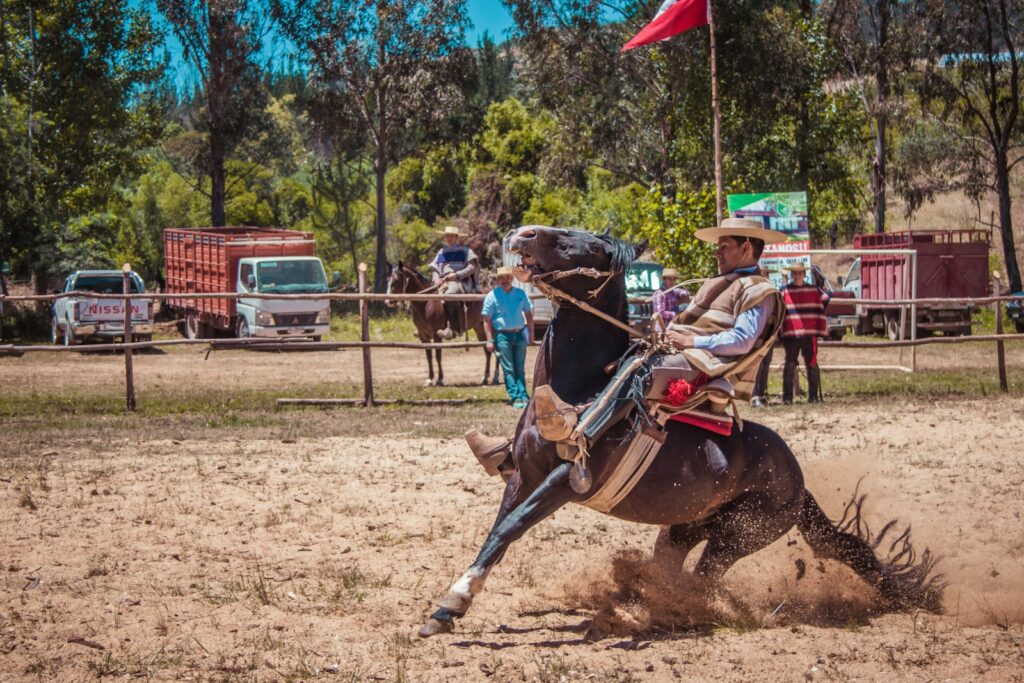
The modern western performance horse represents generations of selective breeding focused on enhancing the specific traits needed for competitive success. Top breeding programs analyze bloodlines with scientific precision, tracking performance traits through multiple generations and employing advanced reproductive technologies to propagate elite genetics. Embryo transfer has revolutionized the industry, allowing champion mares to produce multiple foals annually while continuing their competition careers, accelerating genetic advancement. Training methods have similarly evolved, with young horses started systematically to build physical and mental foundations before specialized event training begins, typically around age three. The financial investment in developing top competition horses is substantial, with many undergoing two to three years of professional training before reaching their competitive prime, representing an investment often exceeding $50,000 before they ever enter serious competition. The result is a remarkably specialized equine athlete – far removed from the all-purpose ranch horse of the past – with physical and cognitive abilities precisely tailored to excel in specific competition formats.
The Physical Demands on Competition Horses
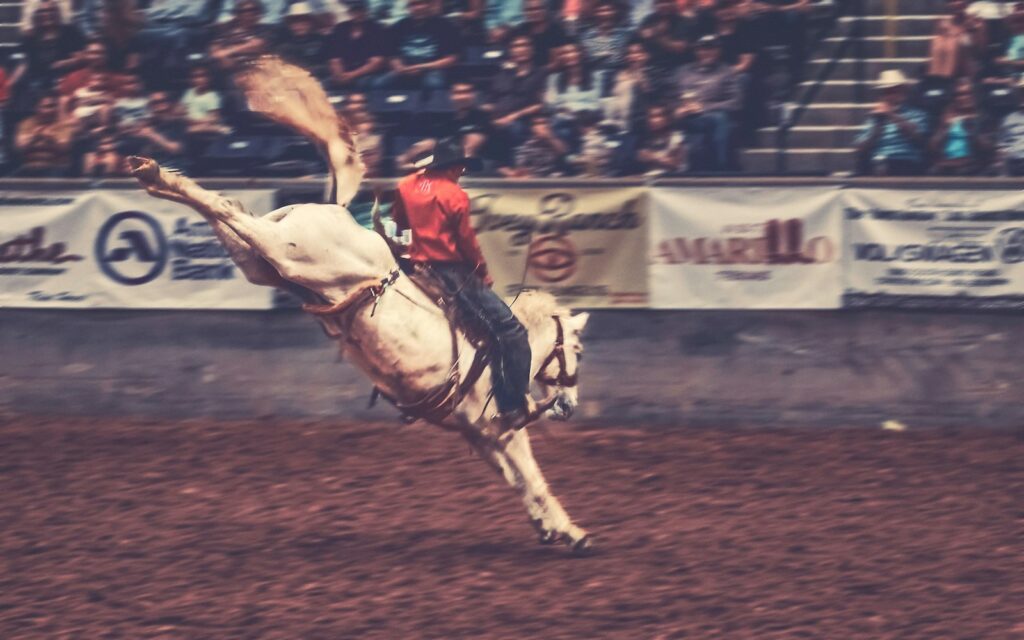
Modern cowboy competitions place extraordinary physical demands on equine athletes, requiring specialized conditioning programs and comprehensive veterinary care to maintain peak performance. Cutting horses develop exceptional core strength and hindquarter power to perform the explosive directional changes their event demands, while barrel racing horses require cardiovascular conditioning similar to human sprinters along with the joint stability to withstand high-speed turns. The physical impacts of these activities have driven significant advances in equine sports medicine, with competitors employing treatments like shockwave therapy, chiropractic adjustments, and therapeutic ultrasound to maintain their horses’ soundness. Nutritional science plays an equally important role, with specialized feed programs developed to support muscle recovery, joint health, and sustained energy levels appropriate to each discipline’s specific demands. Modern competitors typically employ comprehensive fitness tracking, with some utilizing heart rate monitors and movement sensors similar to those used by human athletes to optimize training intensity and recovery protocols.
Tack and Equipment Innovations
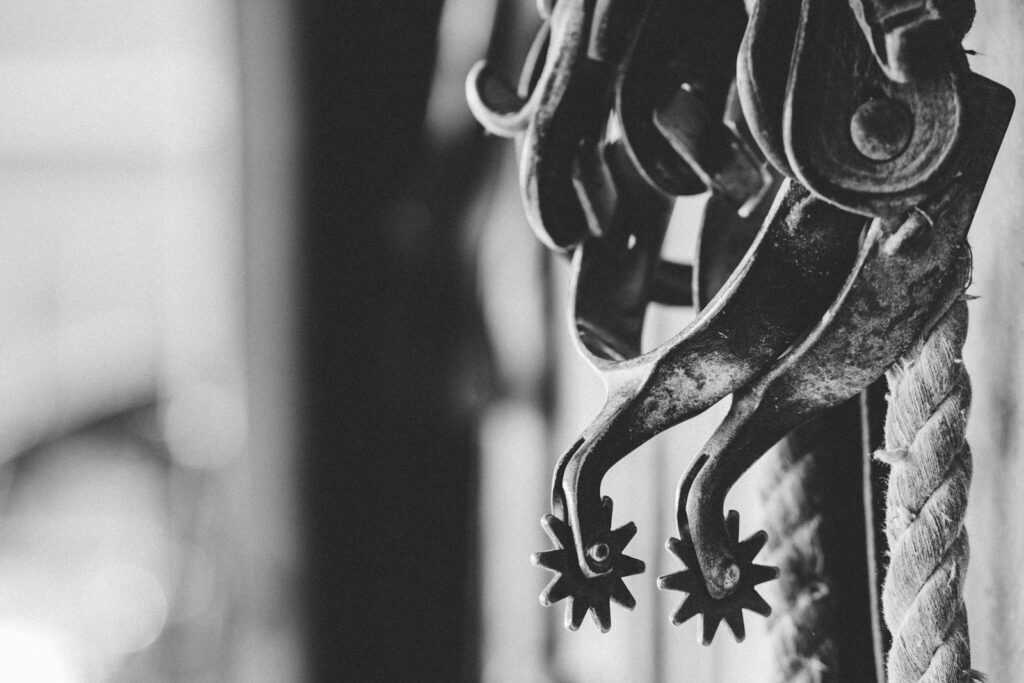
The specialized demands of western competitions have driven remarkable innovations in saddle design, protective equipment, and performance-enhancing gear tailored to each discipline. Cutting saddles feature a minimalist design with wide, flat seats to provide riders stability during dramatic stops and turns, while barrel racing saddles incorporate reinforced swells and cantles to secure the rider’s position during high-speed runs. Protective boots have evolved from simple leather wraps to engineered supports utilizing carbon fiber, neoprene, and specialized impact-absorbing materials to protect tendons and prevent interference injuries during competition. Bit design has similarly evolved, with countless variations developed to provide optimal communication between rider and horse with minimal mouth pressure. These equipment adaptations reflect both the increasing specialization of western events and growing emphasis on equine welfare, with modern tack designed to enhance communication and support the horse’s natural movement patterns while reducing physical stress during intensive competitive performances.
The Economic Impact of Cowboy Competitions
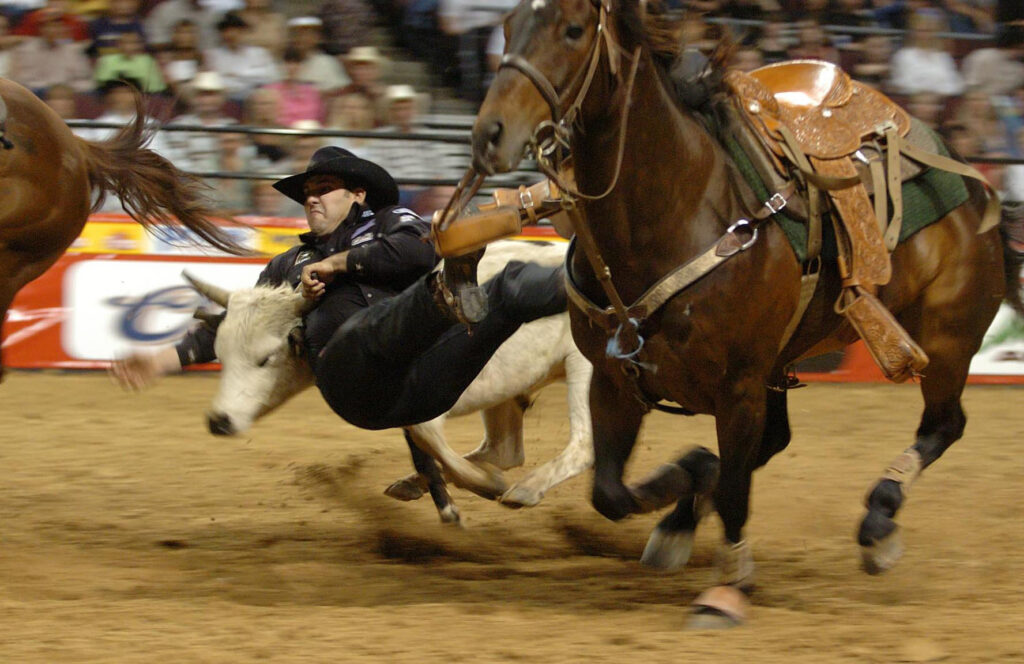
The horse industry surrounding western competitions has developed into a significant economic force, generating billions in annual revenue across breeding, training, competition, and ancillary businesses. Major events like the National Finals Rodeo in Las Vegas and the AQHA World Championship Show draw tens of thousands of spectators, creating tourism windfalls for host cities and supporting extensive infrastructure of vendors, service providers, and hospitality businesses. The breeding segment alone represents a multi-billion dollar industry, with top stallions commanding stud fees exceeding $10,000 per breeding and elite performance bloodlines significantly increasing the value of all related offspring. Prize money has similarly escalated, with premier events offering purses exceeding $1 million, enabling professional competitors to build viable careers around their specialized skills. The industry supports extensive employment networks including trainers, veterinarians, farriers, feed suppliers, equipment manufacturers, and facility operators, creating economic impacts that extend far beyond the immediate competition environment, particularly in rural communities where these businesses often concentrate.
The Cultural Significance and Future of Western Horse Competitions
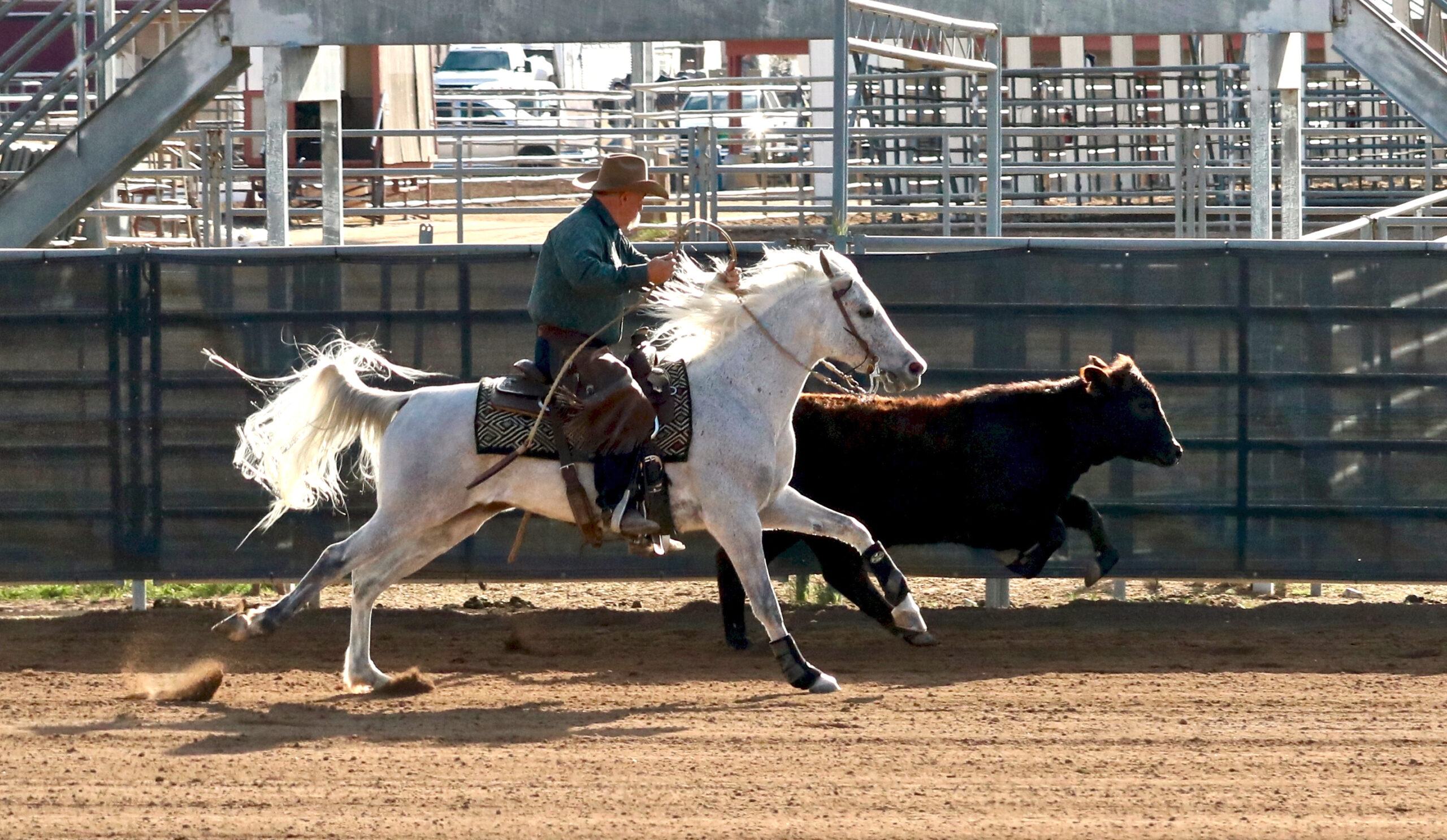
Western horse competitions serve as living repositories of cultural heritage, preserving skills, values, and traditions rooted in America’s ranching history while adapting to contemporary contexts. These events connect participants and spectators to practical horsemanship skills developed through generations of working relationships between humans and horses in challenging environments. The growing international appeal of western riding disciplines has expanded this cultural influence globally, with major competitions now held across Europe, Australia, and increasingly in Asia, introducing these distinctly American traditions to new audiences worldwide. Technology continues transforming these traditions as well, with competition livestreams reaching global audiences, sophisticated breeding technologies accelerating genetic advancement, and data analytics helping riders optimize training and performance. Despite these modernizing influences, the fundamental relationship between horse and rider remains essentially unchanged – still defined by communication, trust, and partnership in the face of challenging tasks, ensuring these competitions maintain their authentic connection to the working heritage they celebrate even as they evolve to meet contemporary expectations.
In conclusion, modern cowboy competitions represent far more than sporting events – they serve as dynamic links between America’s ranching heritage and contemporary equestrian culture. The horses at the center of these traditions continue evolving through selective breeding and specialized training while preserving the essential traits that made them indispensable partners in the development of the American West. As these competitions grow in popularity and commercial significance, they ensure that the remarkable capabilities of western performance horses remain visible and valued in a world increasingly distant from its agricultural roots. Through these events, the working partnership between horse and rider – one of humanity’s most productive and enduring relationships with another species – continues to demonstrate its relevance, adaptability, and cultural power across generations.

